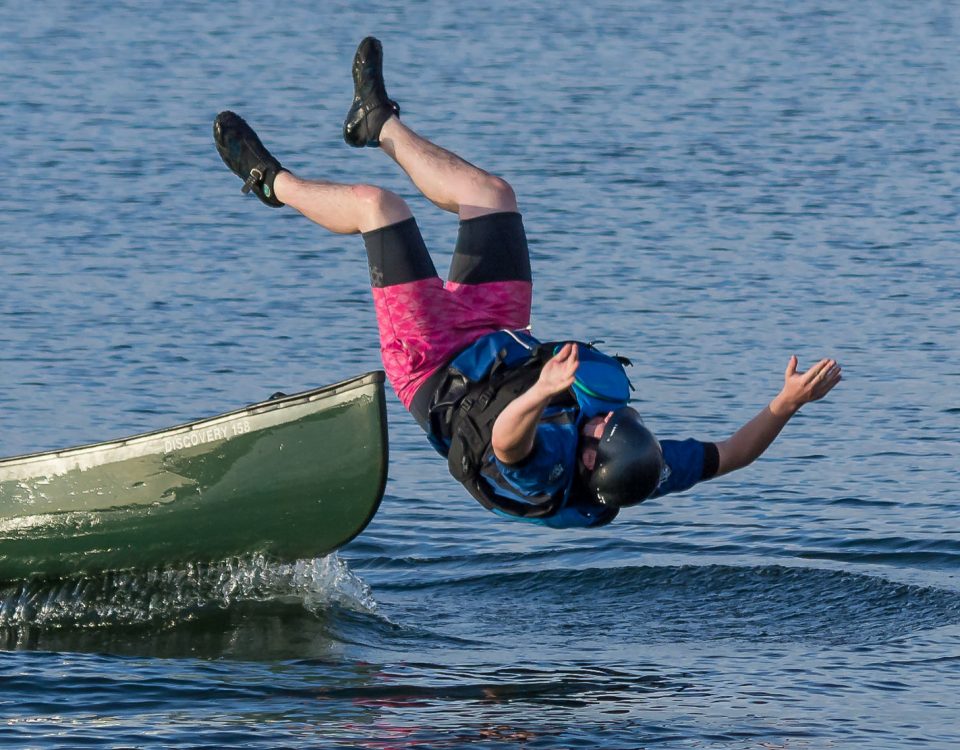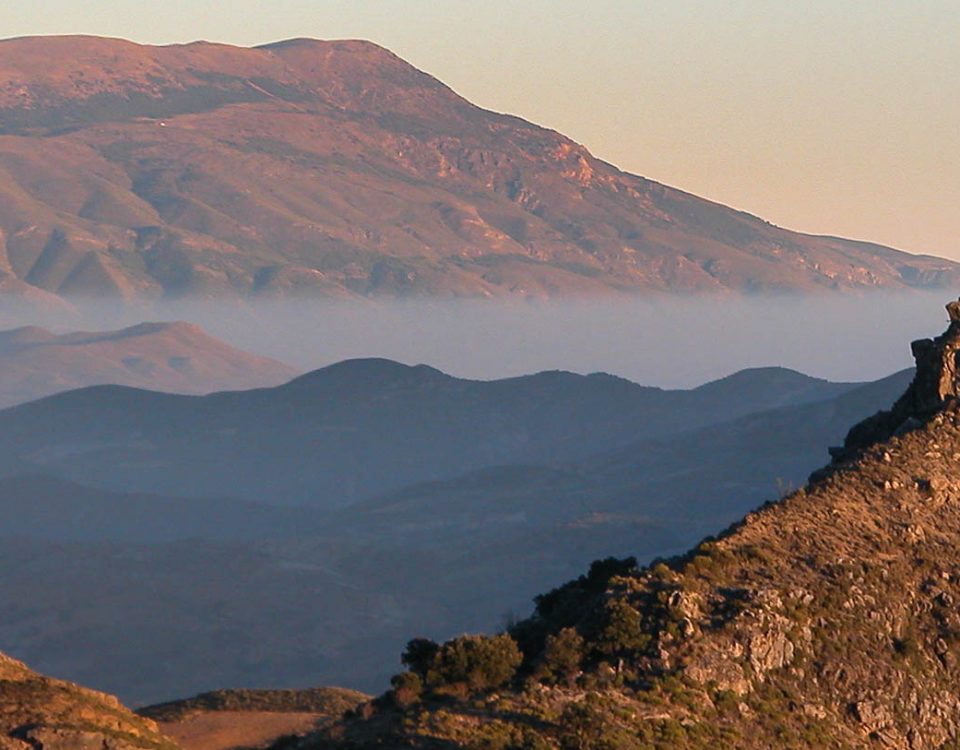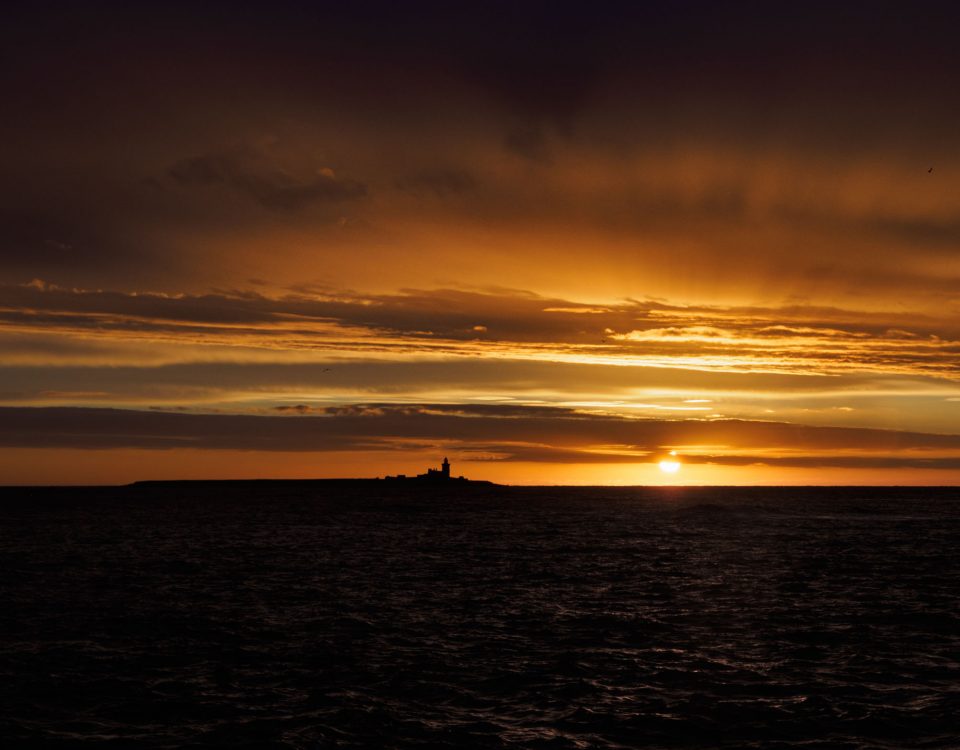What is a photo good for?
27th May 2017The art of photography is wide-ranging, appealing to so many different tastes. Still life is the staple for some while capturing birds interacting with their environment is the aim for others. For me, the timelessness of black and white is king, while others yearn for colour. Many prefer to carefully compose a landscape using the unadulterated natural lines of hills, water and trees. I think a person, animal or bird changes a scene to something far more dynamic.
I think the same applies with architecture. Buildings, bridges, streets were put there for people and adding people into that environment changes the entire feel of the image. These are, of course, my subjective tastes and not everyone will agree.
The psychology, techniques and even the terminology of photography are similar to those of hunting. Heading out into the field, carefully aiming, breathing out and waiting for that split second to get that perfect shot, then gently squeezing the trigger could easily describe either activity. Photography is without the slaughter.
It’s not without its controversies though. I’ve always been fascinated with street photography. There was a trend a while ago for photographers to force their camera into faces, capturing unflattering views of people’s features close up. These did the reputation of photographers no good at all. Fortunately, times have changed again and projects like Brandon Stanton’s “Humans of New York” and Max Gor’s “Raw Streets” work in London have a much more deferential approach to photographing strangers. Both Stanton and Gor’s excellent and respectful work are often on-location portraits and usually much less about the interaction with the urban setting, although Gor does some splendid candid work too.
In style, they are quite different from the great Henri Cartier-Bresson who stepped back and documented people interacting with their world. The documentary, candid style that he pioneered is what really appeals to me.
When he said your first 10,000 photos are your worst, Cartier-Bresson was speaking in a very different time. His quest of trying to capture what he called the ‘decisive moment’ has been lost, swamped by the scatter-gun photography of multiple exposures and the trillion snaps a year that are vomited out by those seeking to record and share their every waking moment. If he lived today, I wonder if he would have said your first 100,000 photos are your worse. Photography for many has become more akin to dropping a cluster-bomb rather than hunting for that shot.
Saying that, there is nothing wrong with shooting multiple exposures. For wildlife and sports photography it is a boon. My next camera, the Olympus OMD EM1 mk ii, has an unbeatable 60 frames per second frame rate. But, that is not why I am buying it. It’s the image quality, versatility and portability that enable me to get the images I love to take. I can think of no camera better to have on a street assignment or for shooting puffin on the Farne Islands.
Of course, if you head out into the street, recording what you see, you will capture moments in time that are uncomfortable, images that challenges the viewer to ask questions about the world we live in and even make judgements about the rights and wrongs of publishing some pictures.




2 Comments
Maybe the Peelers were inviting him down the street for a Curry?
I am sure it was delicious!